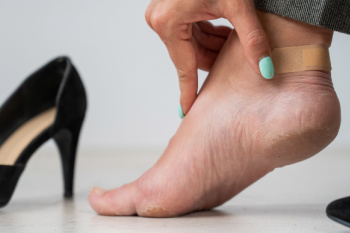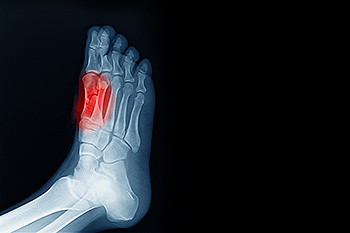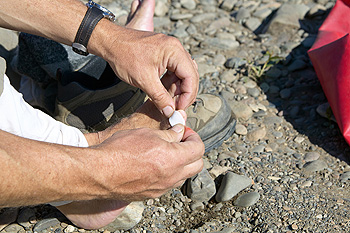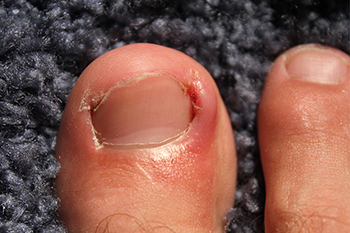
Foot ailments often signal underlying health issues that require attention. Conditions like dry, flaking skin on the feet might suggest fungal infections such as tinea, or could point to dermatitis conditions like eczema or psoriasis that are often linked to stress. Morning foot pain may result from wearing improper footwear or increased physical activity, but persistent pain could indicate more significant problems, like plantar fasciitis or other structural concerns. Cold feet might suggest poor circulation, which can have broader and more serious implications for vascular health. Clawed toes, commonly caused by wearing tight or pointy shoes, can also be associated with nerve damage or improper footwear sizing. Swollen feet, or edema, may result from poor venous circulation, indicating potential vascular or systemic health issues. A podiatrist can address underlying causes and recommend custom orthotics, footwear adjustments, or other treatment to improve your foot health. If you have unexplained foot or ankle issues, it is suggested that you schedule an appointment with a podiatrist for an exam and diagnosis.
Proper foot care is something many older adults forget to consider. If you have any concerns about your feet and ankles, contact one of our podiatrists from Community Foot Specialists. Our doctors can provide the care you need to keep you pain-free and on your feet.
The Elderly and Their Feet
As we age we start to notice many changes in our body, but the elder population may not notice them right away. Medical conditions may prevent the elderly to take notice of their foot health right away. Poor vision is a lead contributor to not taking action for the elderly.
Common Conditions
- Neuropathy – can reduce feeling in the feet and can hide many life-threatening medical conditions.
- Reduced flexibility – prevents the ability of proper toenail trimming, and foot cleaning. If left untreated, it may lead to further medical issues.
- Foot sores – amongst the older population can be serious before they are discovered. Some of the problematic conditions they may face are:
- Gouging toenails affecting nearby toe
- Shoes that don’t fit properly
- Pressure sores
- Loss of circulation in legs & feet
- Edema & swelling of feet and ankles
Susceptible Infections
Diabetes and poor circulation can cause general loss of sensitivity over the years, turning a simple cut into a serious issue.
If you have any questions please feel free to contact our offices located in Beavercreek, Dayton, and Vandalia, OH . We offer the newest diagnostic and treatment technologies for all your foot and ankle needs.





